
How “Malasakit” is Future-Proofing Philippine Design Culture
When the pandemic happened, creatives, designers, and entrepreneurs were among the hardest hit. They were already vulnerable to begin with, but the social upheaval of the crisis brought a new set of challenges for them to contend with. Still, it became a perfect time for the Filipino value of malasakit or compassion to rise as the heart and soul of good design.
The Design Center of the Philippines (DCP), being at the forefront of this idea, has been implementing a design-led future-proofing strategy to help Filipino creatives and Philippine MSMEs. It has five pillars: Design Learning, Design Services, Design innovation, Design Promotion, and Design Policy. Anchored on the impact and context of compassion’s role in improving lives and achieving sustainability, these strategies aim to help Filipino design stakeholders move towards recovery, and prepare them for the complex challenges and disruptions of the future.


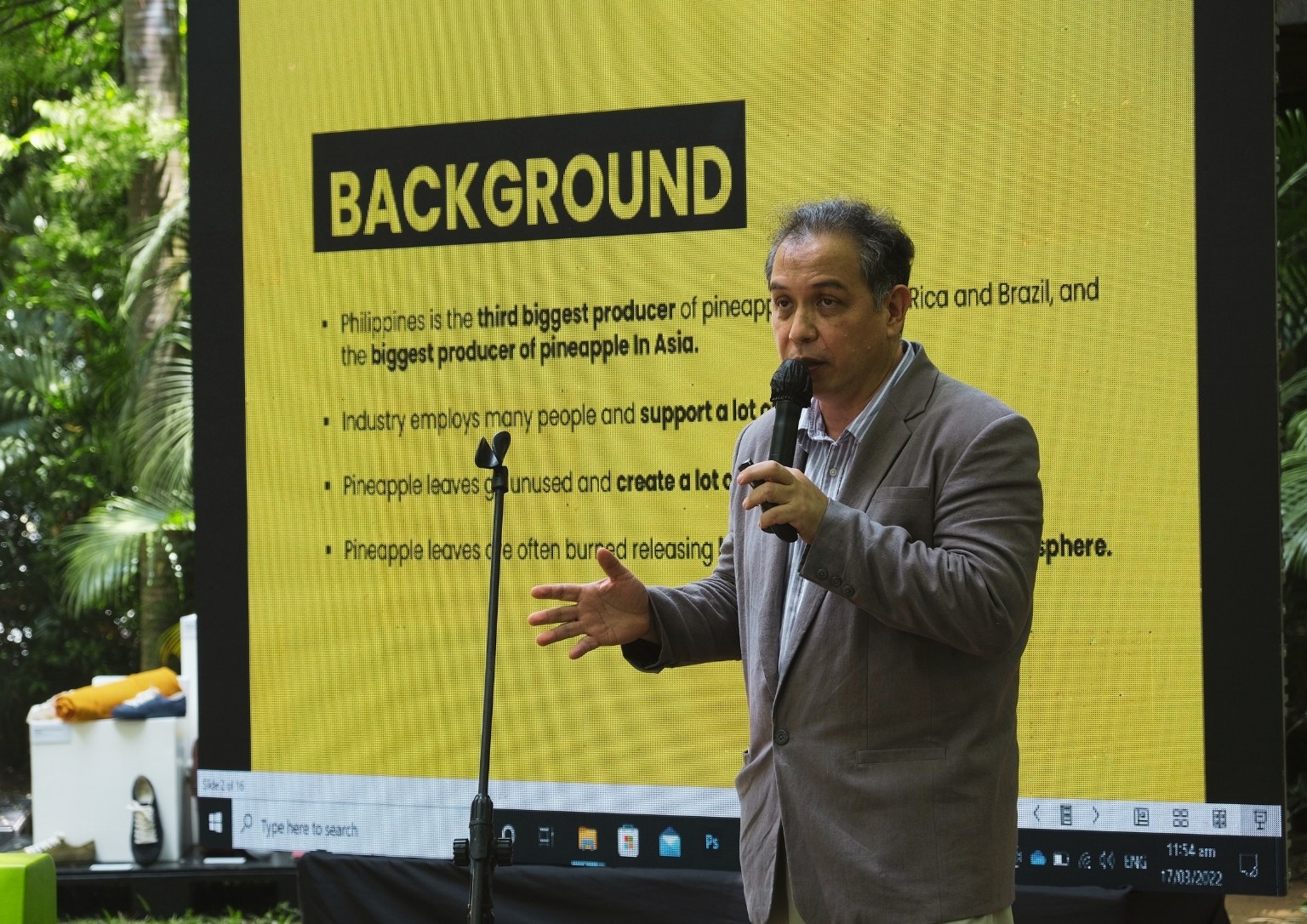
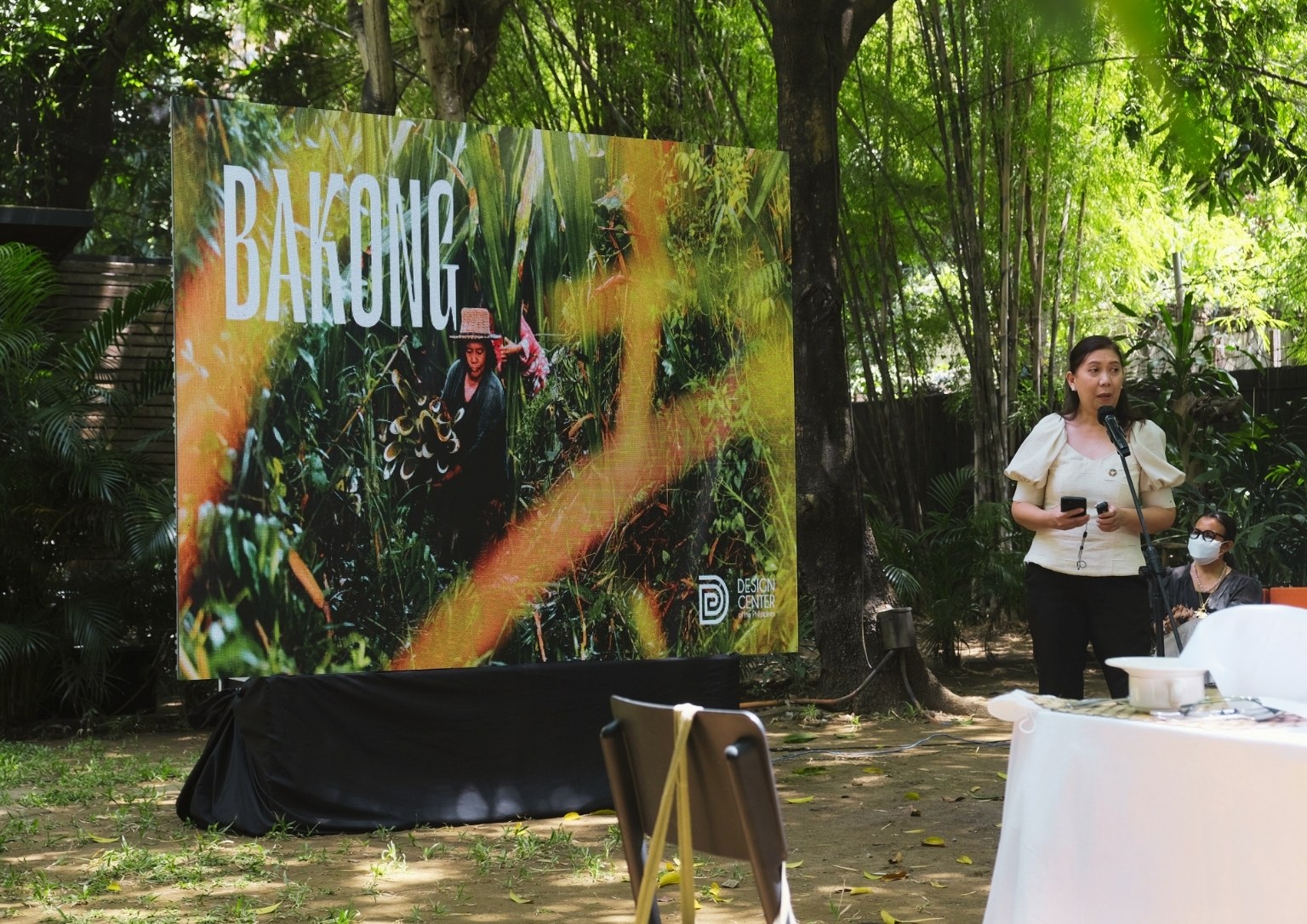

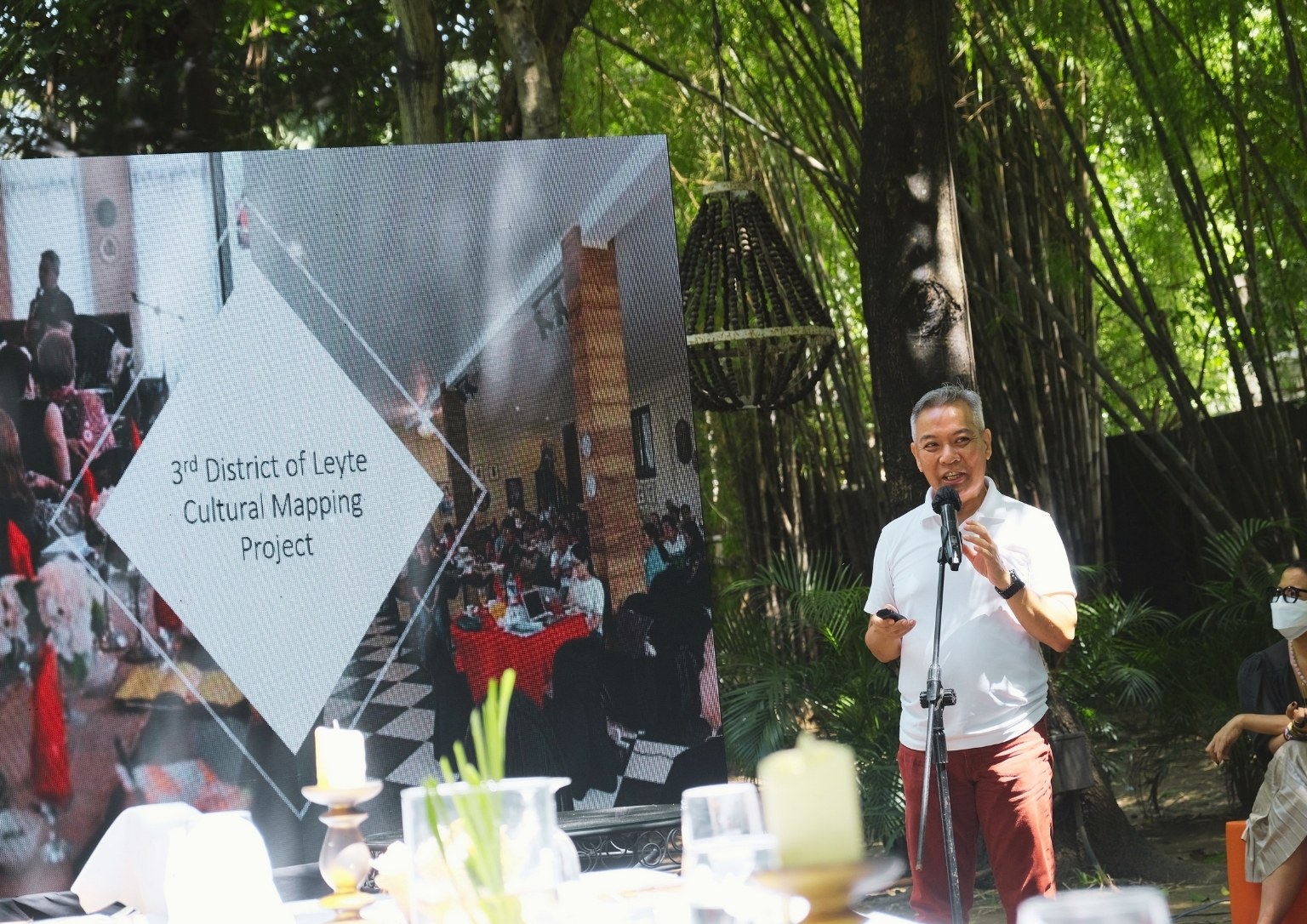
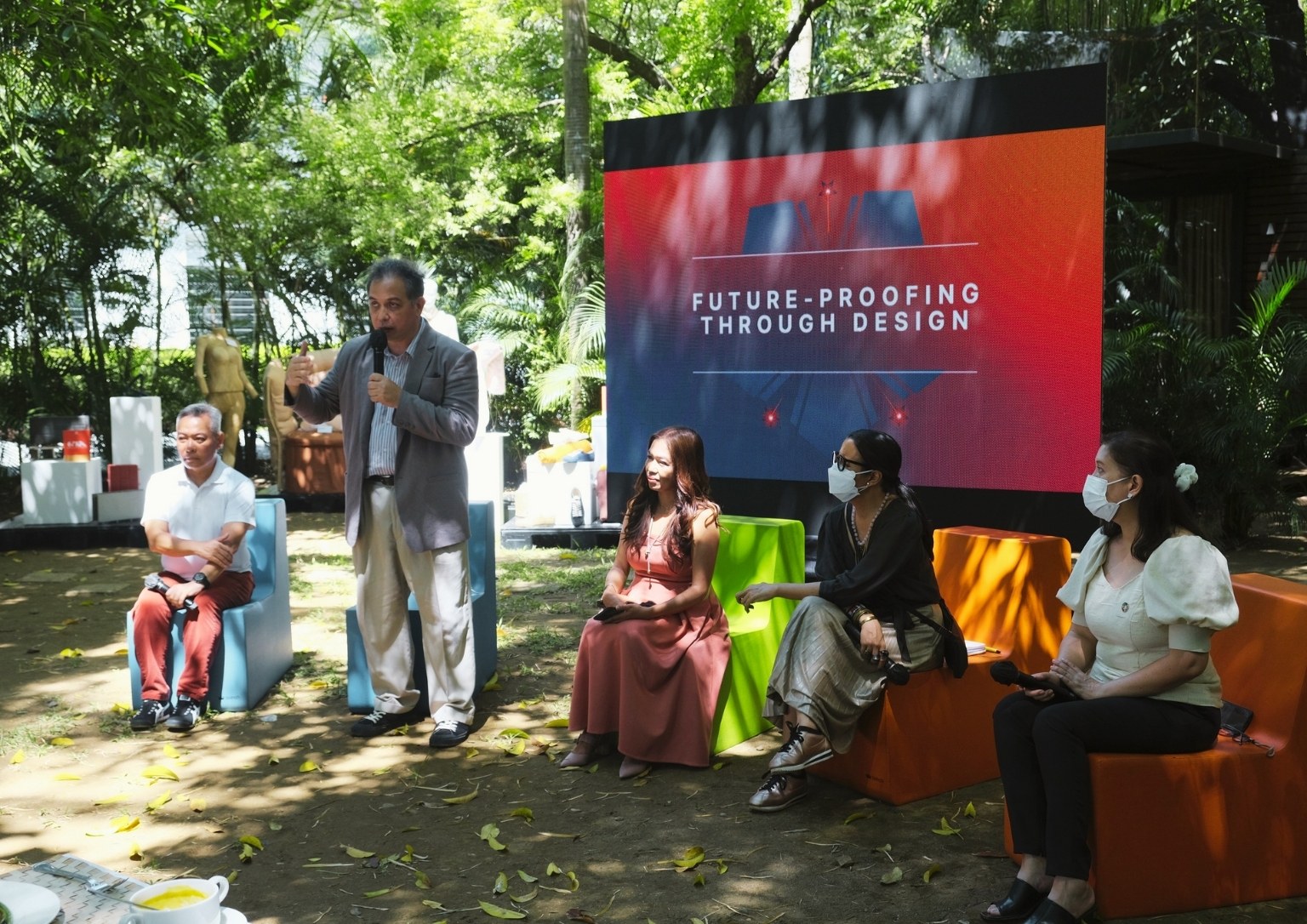
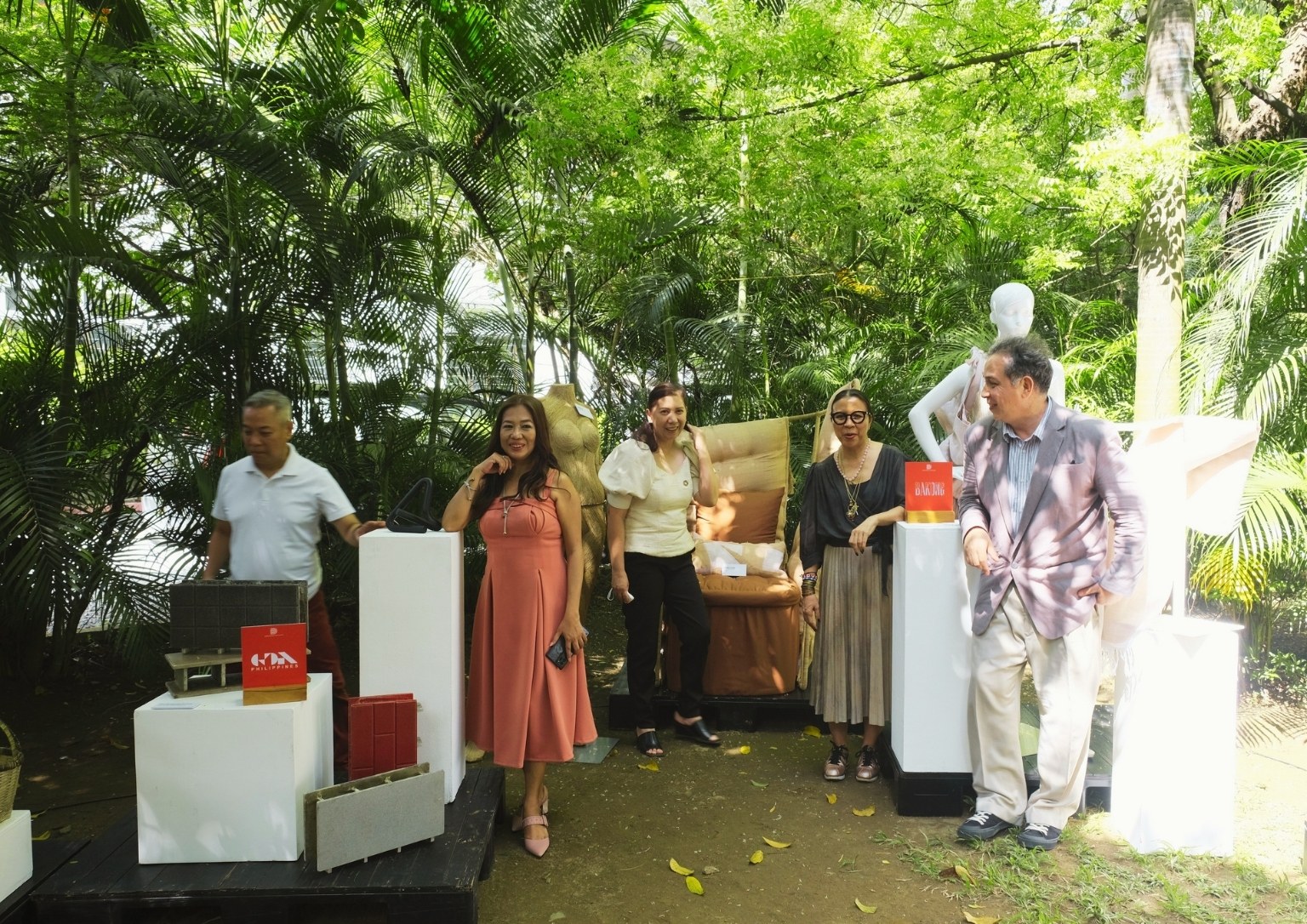
Transformative product development
Among the most noteworthy projects that the Center spearheaded are explorations on transforming agricultural waste into new materials for product development. These include Pinyapel, which uses discarded pineapple leaves; and Bakong, which uses an aquatic plant of the same name, considered as an obstruction in Bangalao Lake in Cagayan.


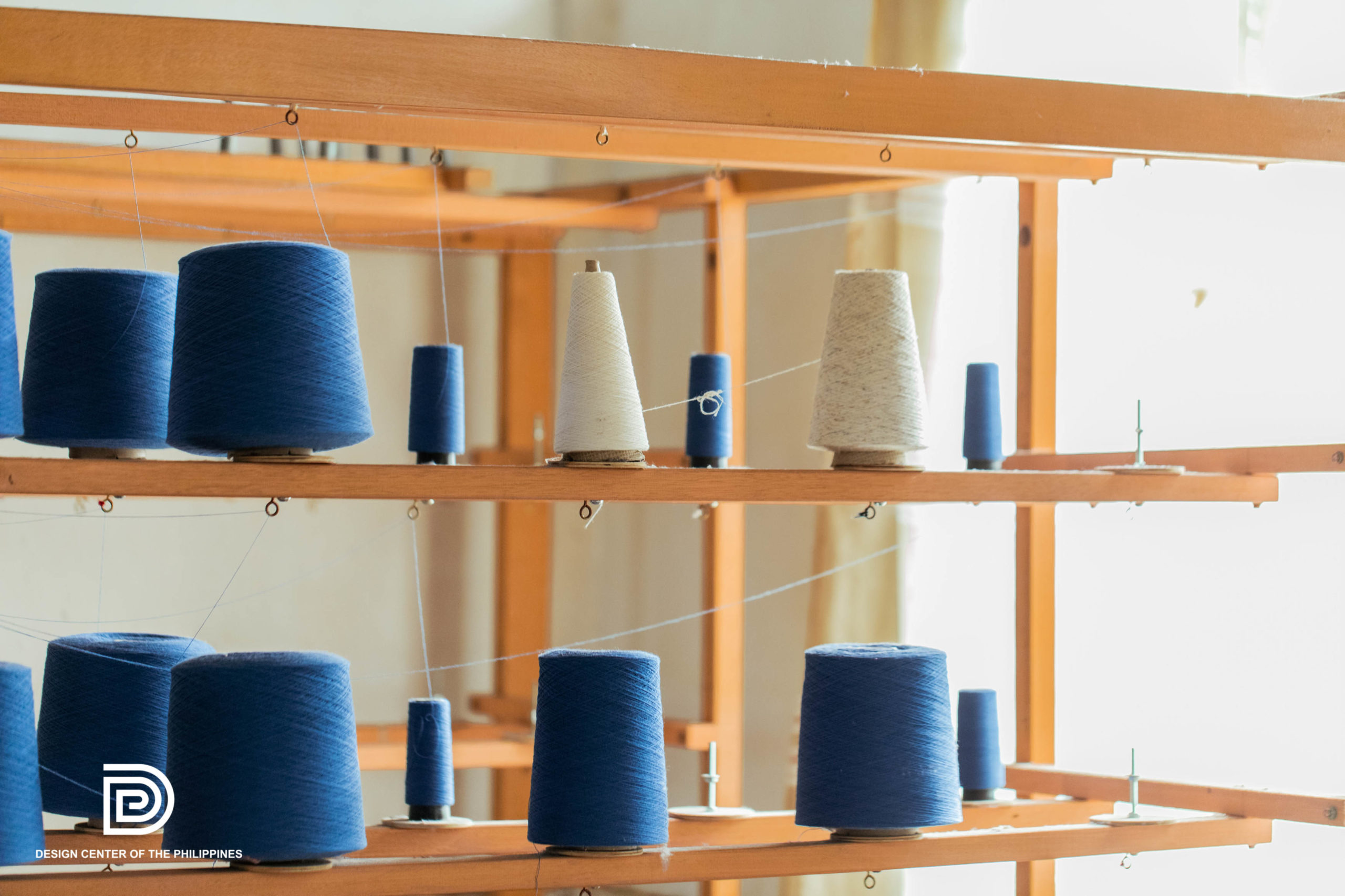
From paper products, Pinyapel’s applications have expanded to textiles, fabrics, furniture and home products, architectural panels, acoustic boards, and packaging. The innovation also won the Philippines its first D&AD Pencil for Future Impact in 2019. Meanwhile, Bakong development, which began in 2013 has arrived at bio-plastics, paper, and fiber. It has also already garnered the participation of mainstream brands like BAYO, as well as esteemed designers like BEAVALDES.
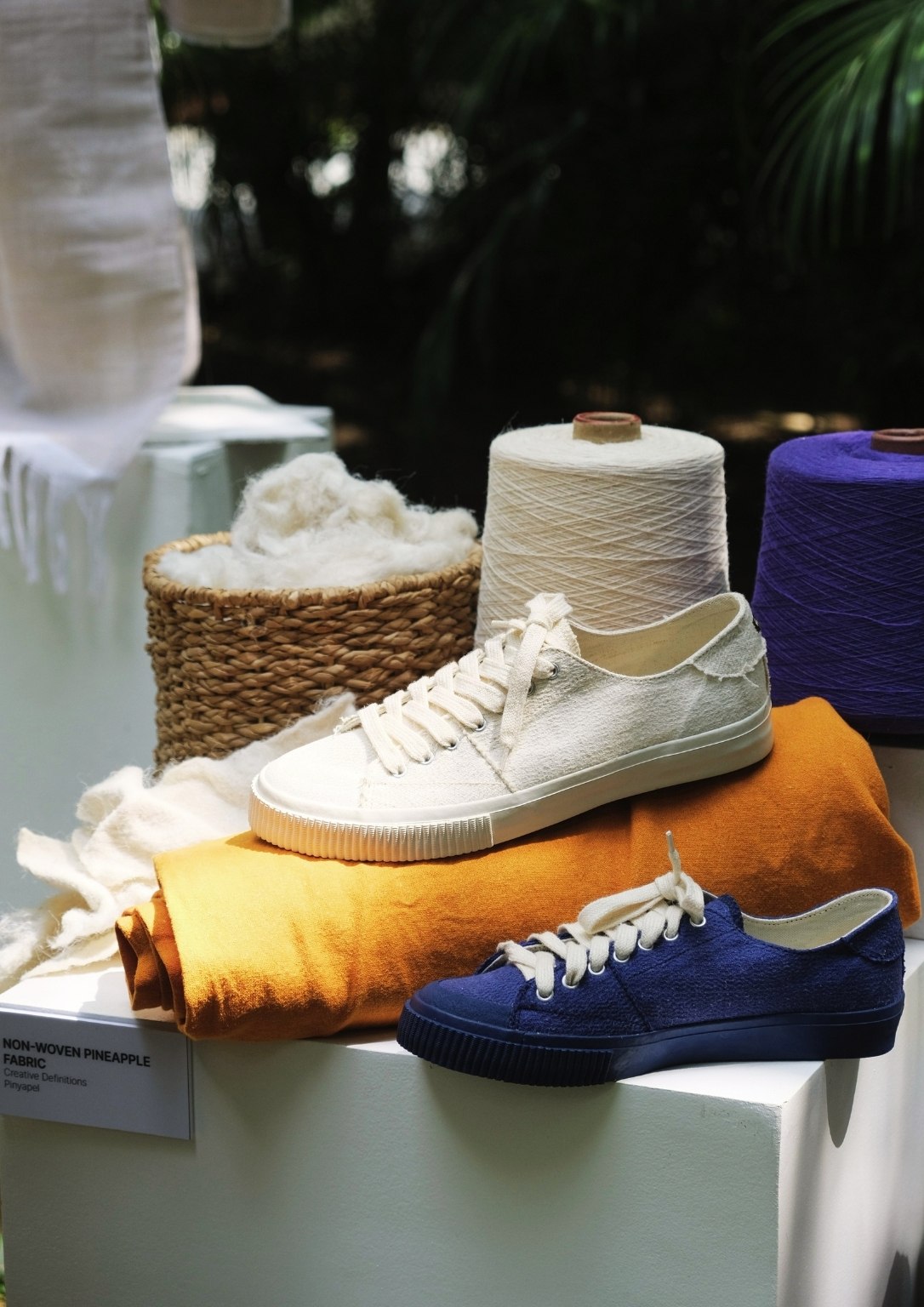
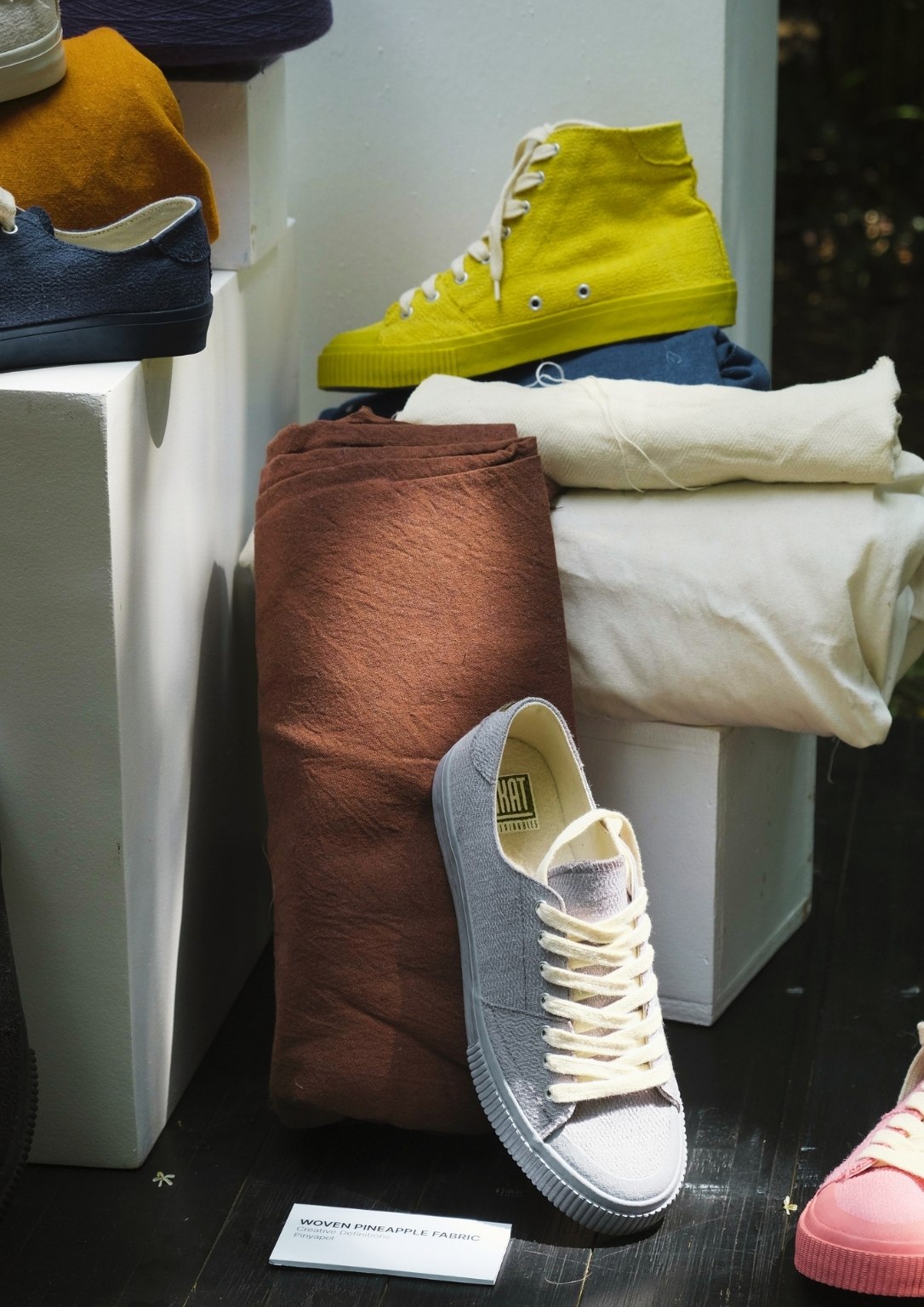

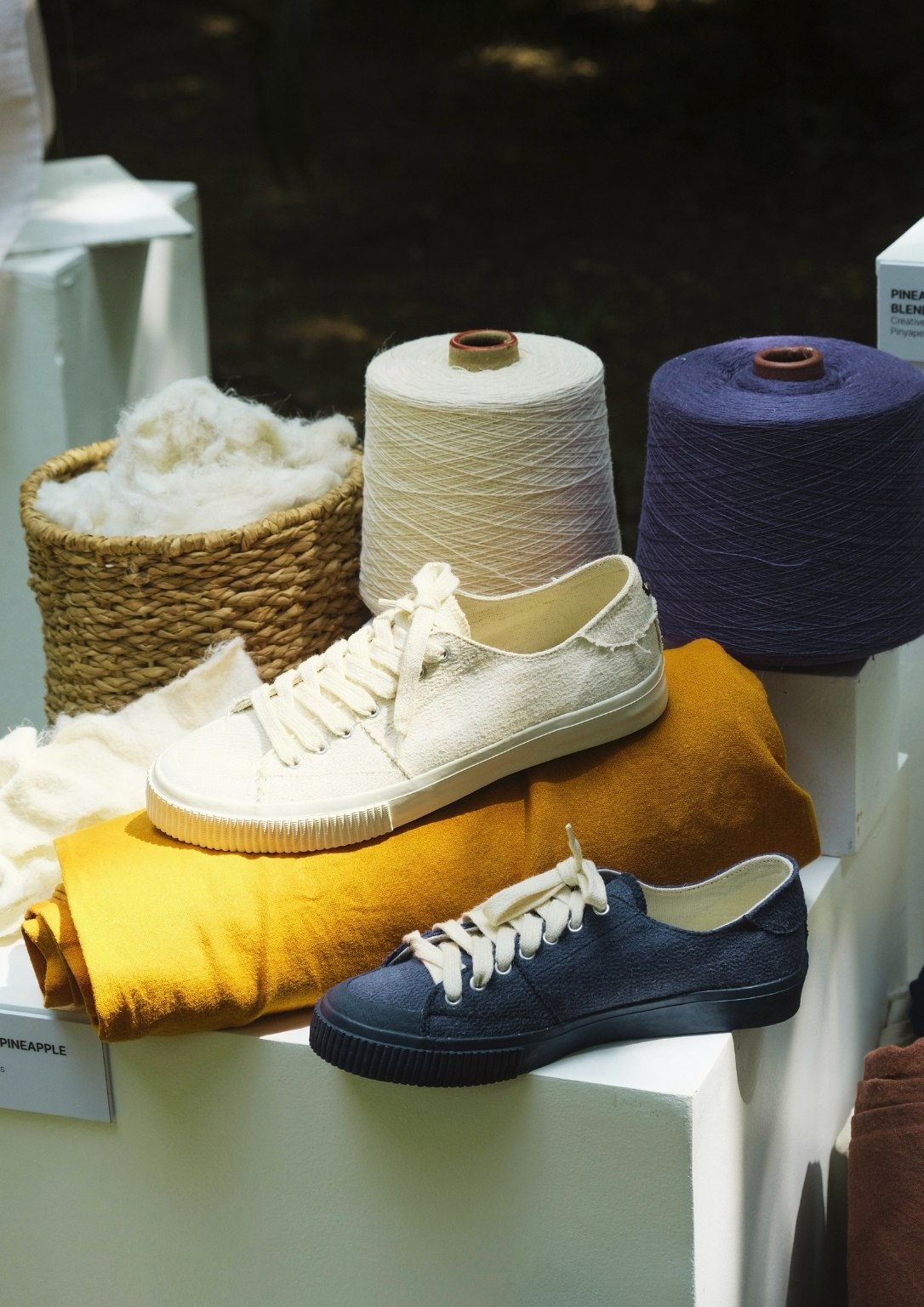
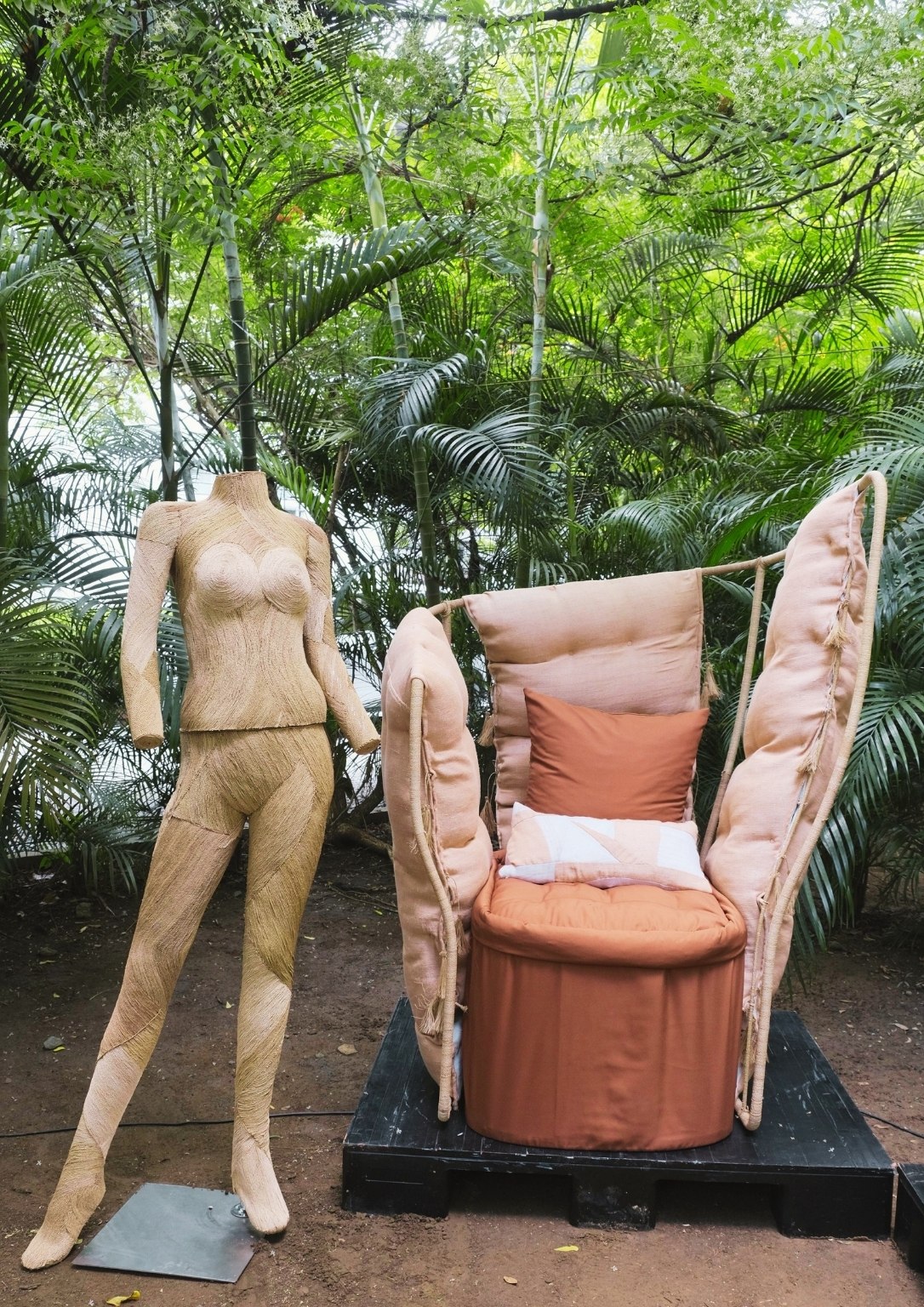

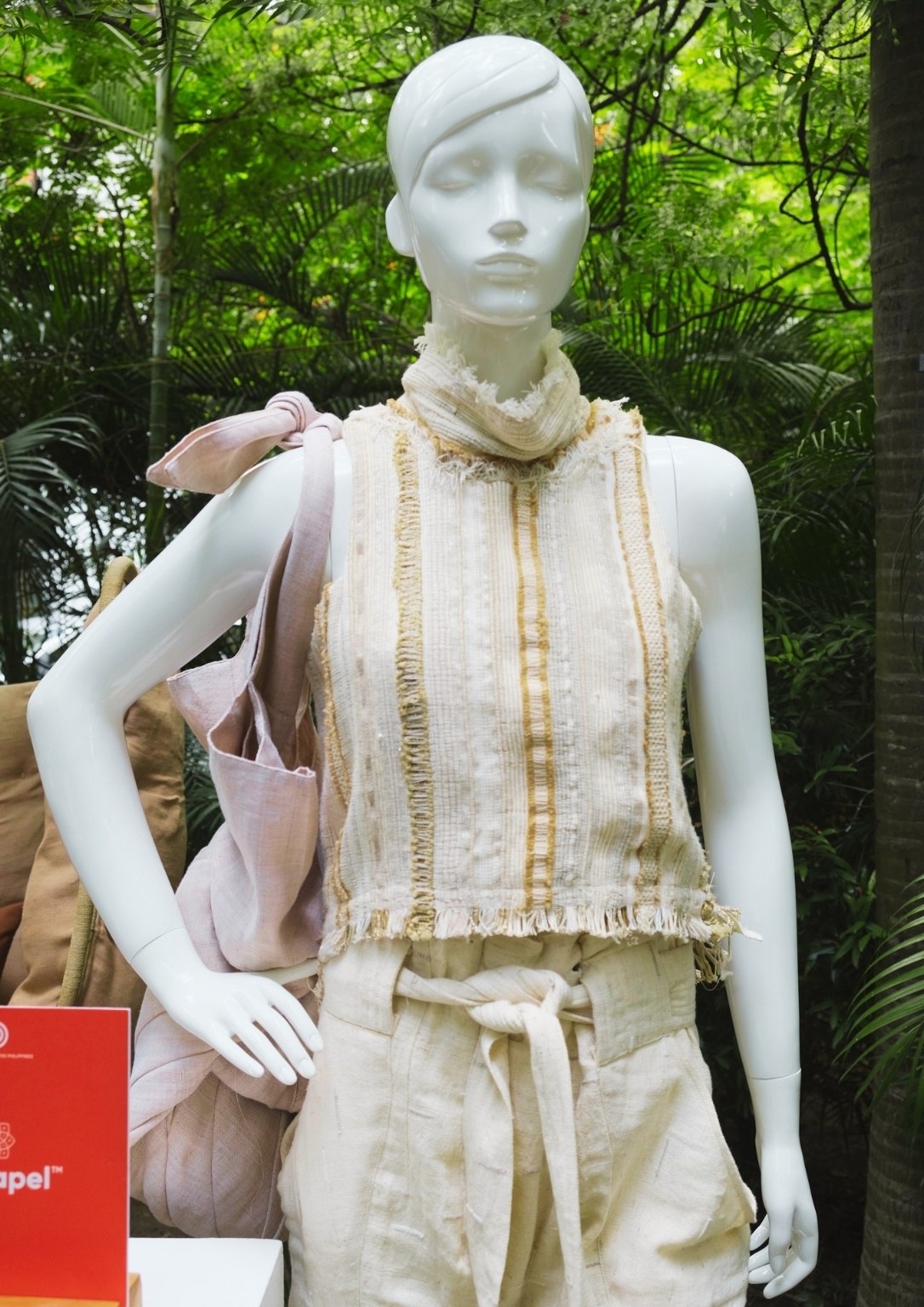
Pinyapel and Bakong will be launched at the Sustainability Solutions Exchange on March 23-25, alongside other sustainable Filipino products and solutions for export. The digital exhibit and conference is the newest signature brand of the Center for International Trade Expositions and Missions (CITEM), centered on bringing sustainable solutions to Filipino entrepreneurs.

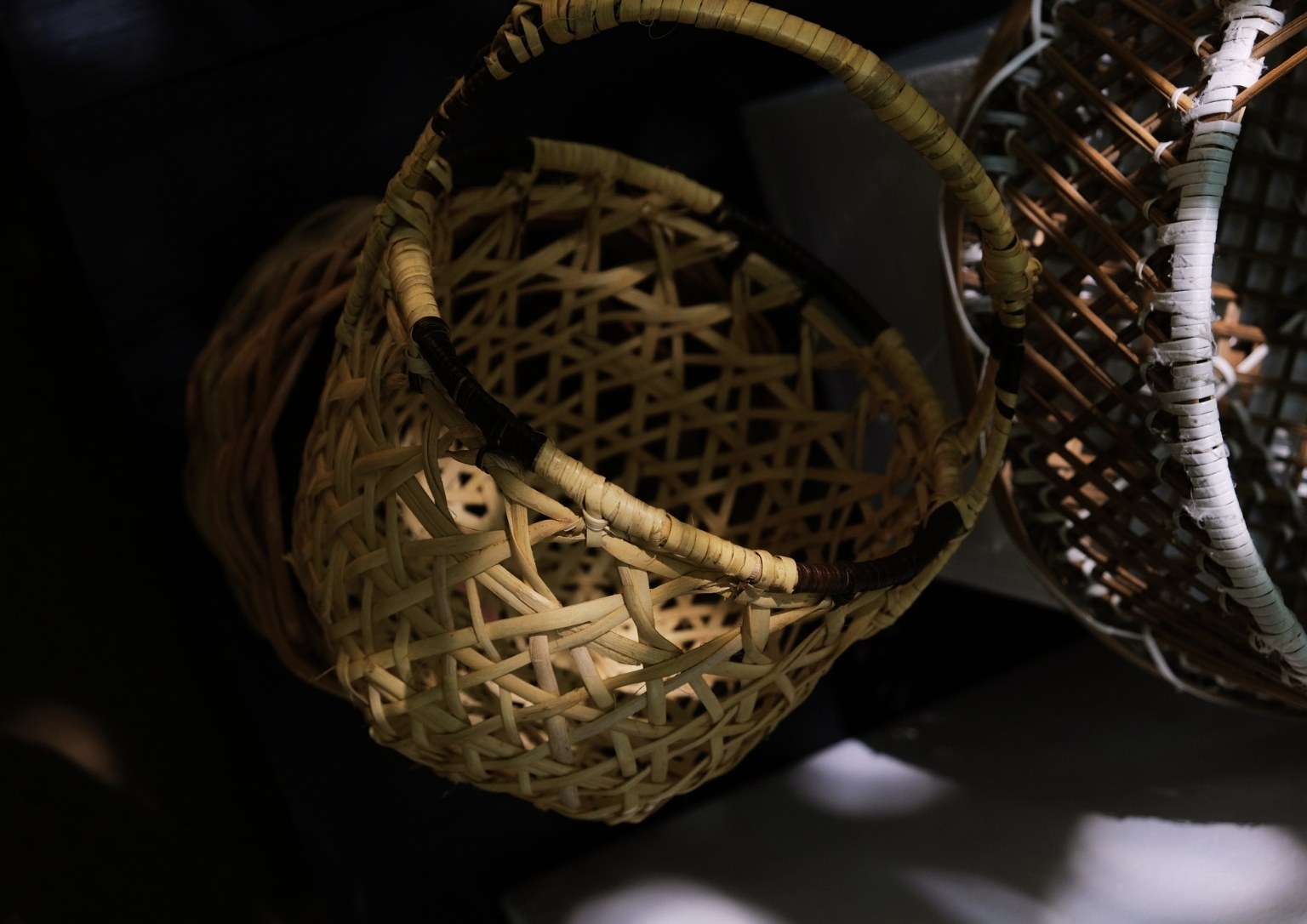
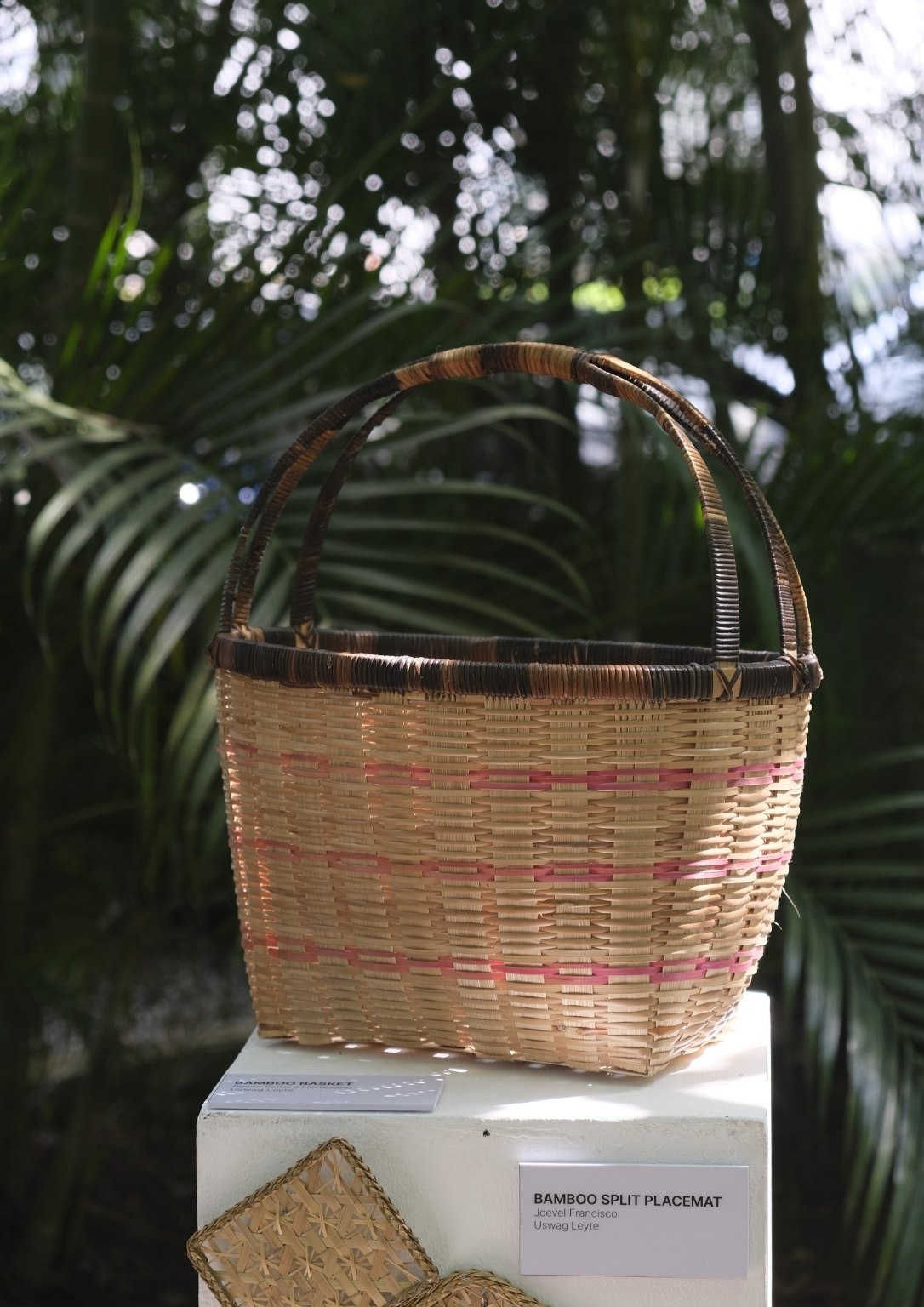
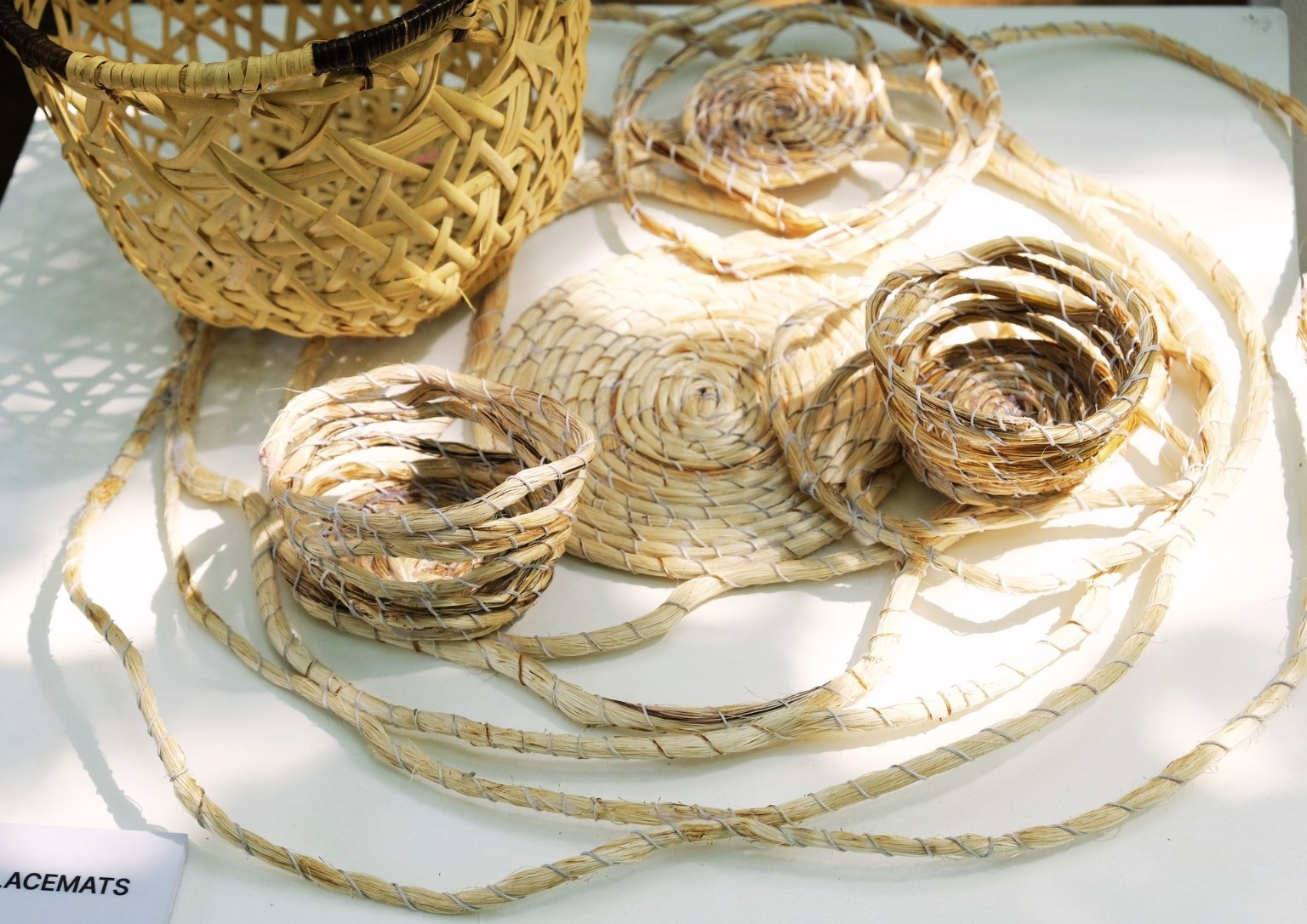


Related to the two projects is the USWAG Leyte Product Development, a heritage-based livelihood initiative the Center conducted in partnership with the University of Santo Tomas Graduate School-CCCPET and the 3rd District of Leyte. Its aim is to align artisan assistance with national and local development plans for education, design enterprise development, and tourism. Using cultural mapping data, the project translates cultural values into tangible products and solutions that inspire good design and innovation. By the end of its 2021 edition, the program was able to assist 38 artists to create 80 designs, which they sold at three trade events. From this, 130 products were commercialized.
Recognizing malasakit in good design
As part of its Design Promotion strategy, the Center has also been holding the Good Design Award Philippines since 2019. The national biennial design excellence recognition system seeks local artists, designers, and businesses whose outstanding designs embody the Filipino value of malasakit, alongside excellence in form, function, and innovation.
Among the most noteworthy winners include Ria Canlas, who bagged the Gran Prix Malasakit Award for her innovative, pre-fabricated green composite called Po-Lite Hollow Block, which leads to 46% less carbon emissions. While delivered ready to install and no painting necessary, the sustainable building material can also be customized to the specifications of the client. She envisioned these eco-blocks as sustainable building materials for affordable housing, as well as design-centric, eco-couture solutions for designing public living spaces.


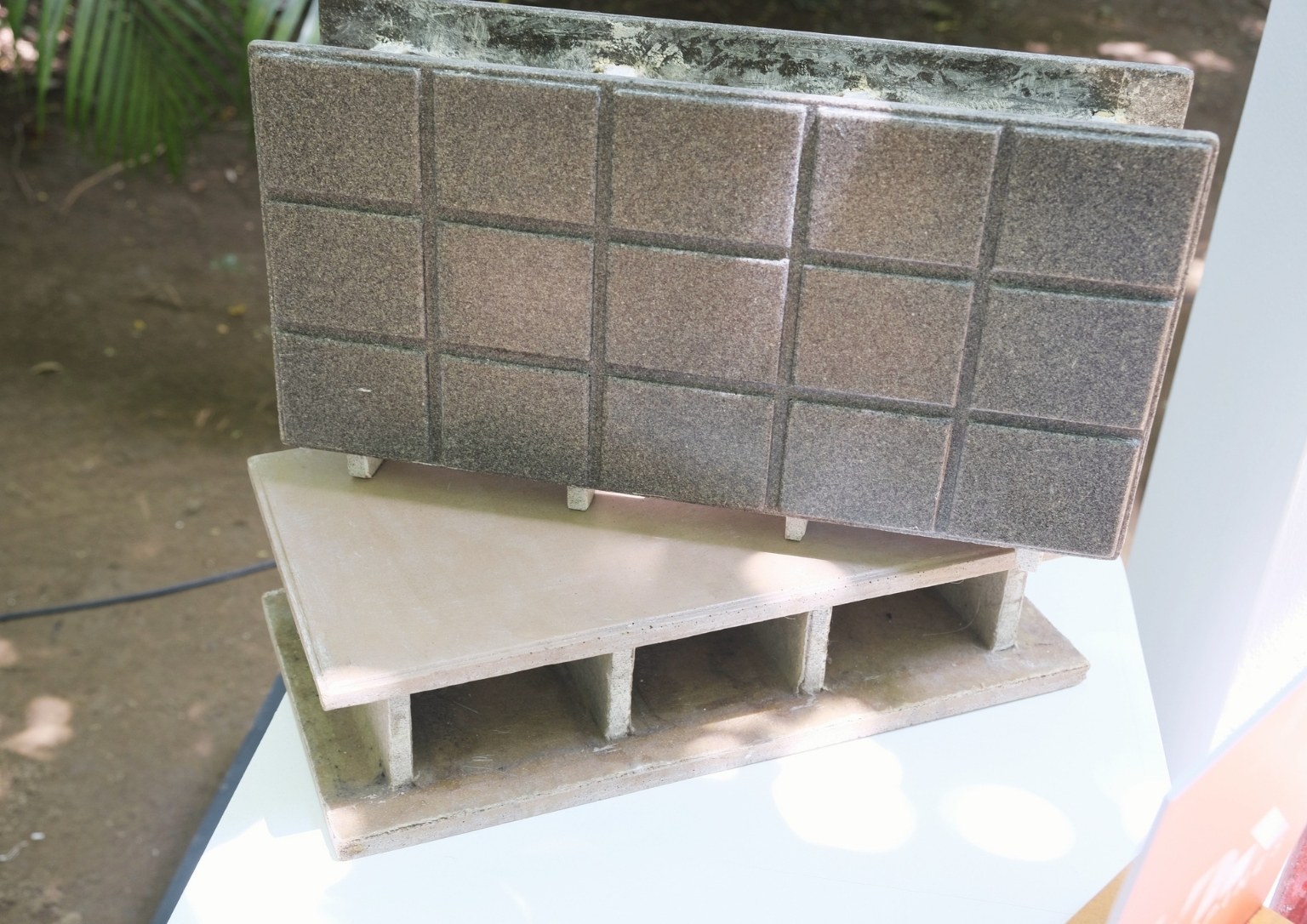


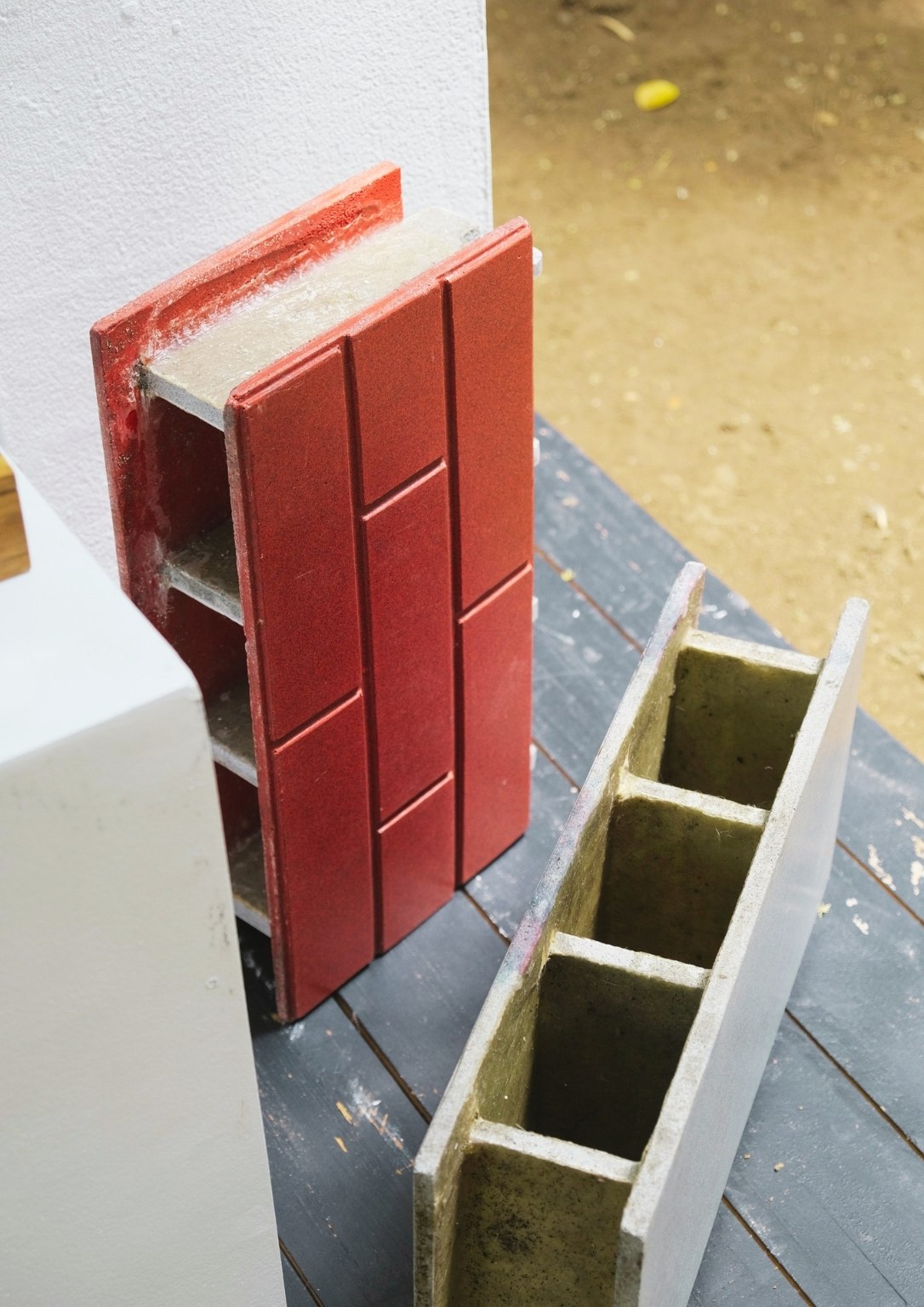
Another is WTA Architecture and Design Studio’s Book Stop Project, which received the Green Good Design Award for Place Making under Public Architecture. The project addressed Sustainable Development Goals that include Sustainable Cities and Communities and Responsible Consumption and Production.
Other notable winners include PGAA Creative Design for their Makati Urban Patios, which redesigned closing wide gaps to make Makati’s streets more pedestrian-friendly; and Zubu Design Associates for their Line Graph House, which features an open space, central courtyard, and better atmosphere in terms of spatial quality, natural light, and ventilation.
Photos Courtesy of Ed Simon


